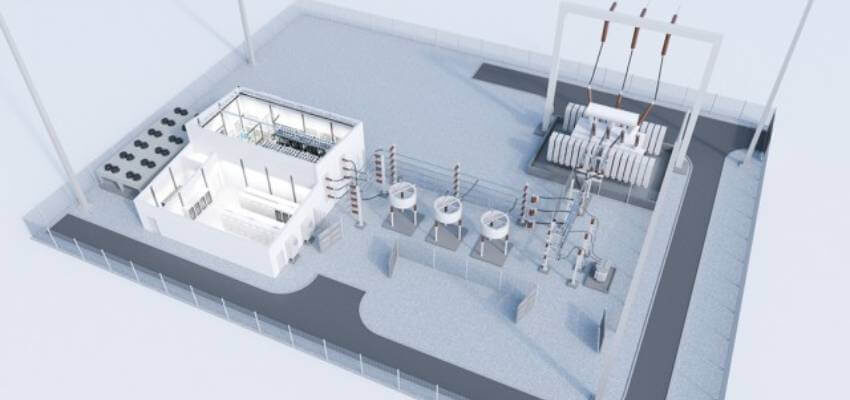Siemens Energy engaged to bolster grid stability and support increased renewable power generation in California
USA, California: Siemens Energy has announced that it will provide four static synchronous compensators (STATCOM) for LS Power Grid California, LLC.

Image source: Siemens Energy
USA, California: Siemens Energy has announced that it will provide four static synchronous compensators (STATCOM) for LS Power Grid California, LLC.
A STATCOM is a quick-reacting system capable of providing or absorbing reactive power to regulate the voltage at the point of connection to a power grid. This voltage regulation will be key to ensuring the reliability of the power grid as renewable energy sources are brought online, enabling further decarbonization of California’s energy mix.
With the retirement of Pacific Gas and Electric Co.’s (PG&E) Diablo Canyon nuclear power plant in 2025, it is expected that there will be greater sensitivity to voltage instability, especially as PG&E integrates more renewable generation onto the grid. Two of the STATCOM systems are to be installed at LS Power’s Orchard substation connecting to the existing PG&E Gates 500 kV substation in Fresno County to provide 848 MVAr of dynamic reactive power support. Under the light-load conditions, this support is anticipated to mitigate high voltages during extreme contingencies on the Bulk Power System.
The other two STATCOMs will be installed at LS Power’s new Fern Road substation connecting the Round Mountain to Table Mountain 500 kV transmission lines. The purpose of these systems will be for voltage control and voltage support in case of system events and transmission outages.
“We are proud to partner with LS Power on this project,” said Matt Neal, vice president of Transmission Solutions for Siemens Energy. “LS Power has a forward-looking strategy to help ensure grid stability as more and more renewable power sources are part of the generation mix. When it comes to decarbonizing our energy systems, this will be one of the most important flexible AC transmission projects in the USA, both in terms of the power and voltage rating, as well as the challenging location from a seismic perspective.”
PG&E will replace the Diablo Canyon plant exclusively with energy sources that do not emit CO2. The company has also promised to source 55 % of its total electricity from the sun, wind, and other renewable energy sources by 2031.
Source: Siemens Energy
#LS Power Grid California LLC#renewable power generation#Siemens Energy#STATCOM#USA




